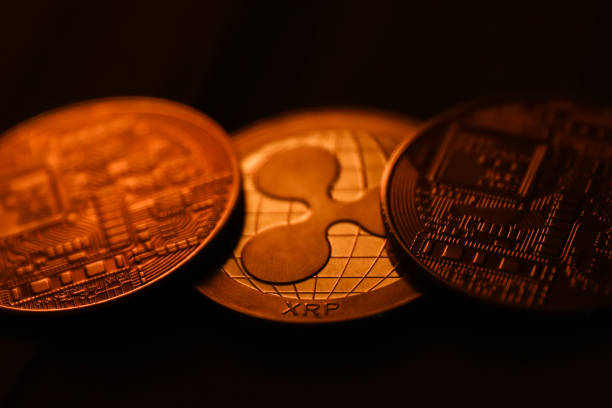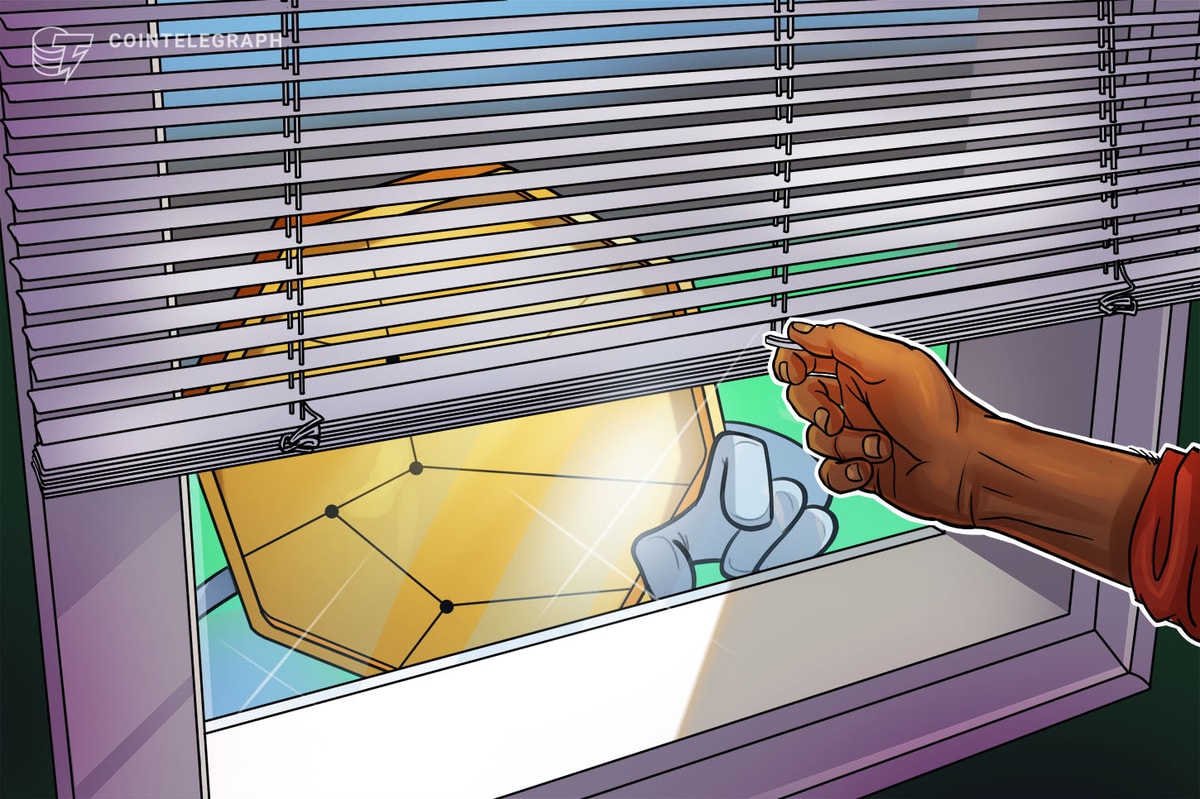Artificial intelligence firm Osmo is working diligently to bring back the future we were promised in 1960 when Hans Laube introduced the world to “Smell-O-Vision.” Only this time, the goal is to improve the lives of humans everywhere by teaching computers how to interpret scent.
Osmo’s technology is a complex, multidisciplinary amalgamation of science and engineering at the cutting edge, but its purpose is simple. The company wants to build generative AI that can do for scents what OpenAI’s ChatGPT and Google’s Gemini can do for sounds and images.
Per the company’s website:
“In this new era, computers will generate smells like we generate images and sounds today.”
AI that can smell
Teaching a computer to smell live odors isn’t as simple as giving it sight or sound. Microphones and cameras have existed for decades and the data they produce can be interpreted by a computer the same as any other input.
But there’s no instrumental analogous to what the microphone is for the human ear. We have technologies such as breathalyzers that can analyze the chemical content of certain gases. These are used for purposes such as testing a person’s breath for the presence of ethanol in order to determine their blood alcohol level.
But these sensory devices have to be fine-tuned to detect a specific set of molecules. Even if a sensor could detect a spectrum of ambient molecules, a computer by itself wouldn’t be capable of classifying and identifying them.
According to Osmo, that’s where AI comes in. Getting computers to smell involves the seemingly simple task of identifying which molecules are associated with which types of aromas and then training an AI to recognize and identify specific patterns.
It sounds easy enough, but it turns out that there’s no “smell map” for an AI to study. And inventing a dataset containing labelled examples of molecular bond associations from scratch turned out to be a monumental task.
Osmo CEO and co-founder Alex Wiltschko, a former Google engineer, told CNBC that the entire detection and identification process required incredible precision.
“The reason why it’s so challenging is because you can move one tiny thing around in that molecule, like one bond, and the scent of the molecule goes from roses to rotten egg.”
Helping humanity
On the surface, the reemergence of Smell-O-Vision may not sound important. But the company hopes to build a system capable of superhuman feats of smell. These would include the ability to smell the presence of certain diseases such as cancer or symptoms associated with diabetes such as low blood sugar.
The team also hopes to develop a method to recreate smells using molecular synthesis. This would, for example, allow a computer in one place to “smell” something and then send that information to another computer for resynthesis — essentially teleporting odor over the internet.
This also means scent could join sight and sound as part of the marketing and branding world. Organizations and companies may one day need to worry over which particular smells best represent their brands.
This begs the question: which cryptocurrency would smell the best?
Related: Swiss tech firm launches AI made of human brain cells rental service











